Most posts start with tactics.
This one will end with them.
The reason is because you can’t divorce tactics from the strategy.
No matter which marketing strategies you choose: email marketing, content marketing, lead generation, account-based marketing, or social media. You can’t divorce the strategy from the business model.
All tactics work to one degree or another. But the reason some B2B marketing tactics thrive while others dive comes down to your underlying business.
Here’s why and how to get your B2B marketing strategy right every time.
Scale insightful marketing content across the web.
We help you grow through expertise, strategy, and the best content on the web.
Why B2B marketing ideas depend on your business
Most B2B companies are hunters or farmers. Or a little bit of both.
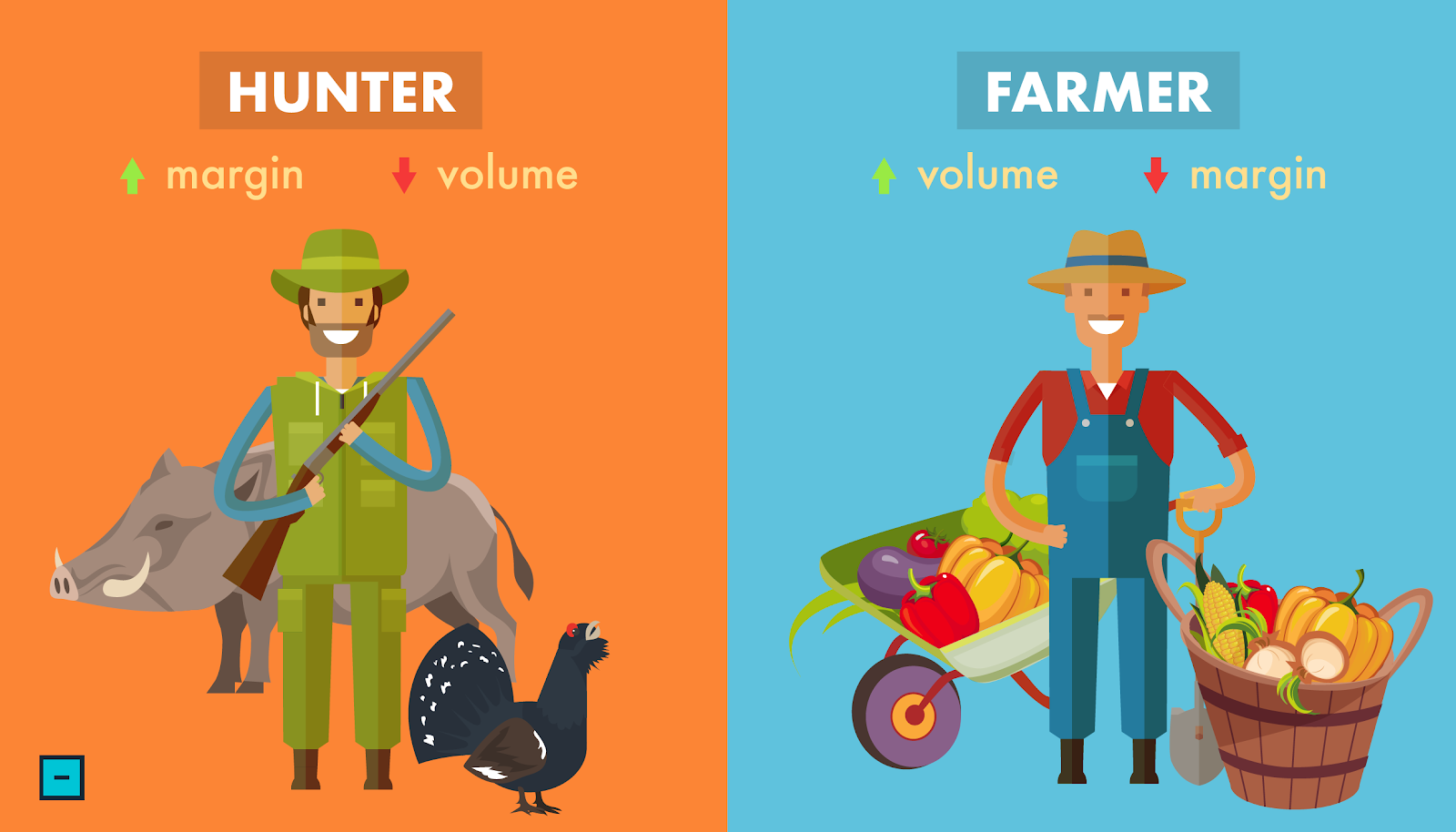
Consultants pull down fat contracts. Software companies lock in potential customers with low monthly prices and high switching costs (perceived or financial).
The lines blur with things like B2B ecommerce, something that could add a B2B wholesale component onto a B2C retailer.
But the point is that your sales model often determines if your B2B marketing ideas will work. And how well. Sometimes, more than the actual execution that B2B marketers use.
Management consultants can build visibility and reach their audience through social media ads and paid ads. But the likelihood of generating business-to-business marketing leads for million-dollar contracts from a PPC ad by a Pay Per Click Agency is minuscule.
Budget and resources should go elsewhere.
Paid ads lend themselves better to transactional purchases. Especially those with mid-range pricing on sites like Facebook and Instagram.
Here’s a practical example.
You pay $30 bucks a click to generate six leads in a competitive space. Cost per lead is $500. Add in a few B2B benchmarks like ~6-9% opt-in rate and 25% close rate, and a model begins to take shape.
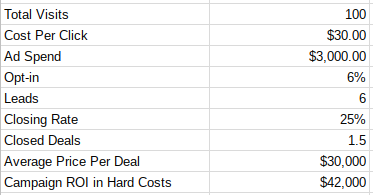
No problem when the average sale price is north of $30,000. Right?
Sure, it’s expensive. However, margins for an expensive sales funnel more than make up for it. Add some residual revenue and repurchases and you’re easily in the black.
Now, we’re leaving tons of stuff out for simplicity. There’s no mention of soft costs for labor or agencies or commissions to reps. The actual ‘ROI’ would be much less when you factor everything else in.
But the point is that everything hinges on that average customer value.
What if you only make $300 per sale? Or what if you make $3,000, but it takes a full twelve months to realize it – like most SaaS subscriptions?
That’s right:
Negative cash flow.
Which is why most SaaS businesses raise tons and tons of money.
Yes, these companies can be extremely profitable. In years three, four, five, etc. But not in the first two.
Because you’re often still paying back acquisition costs.
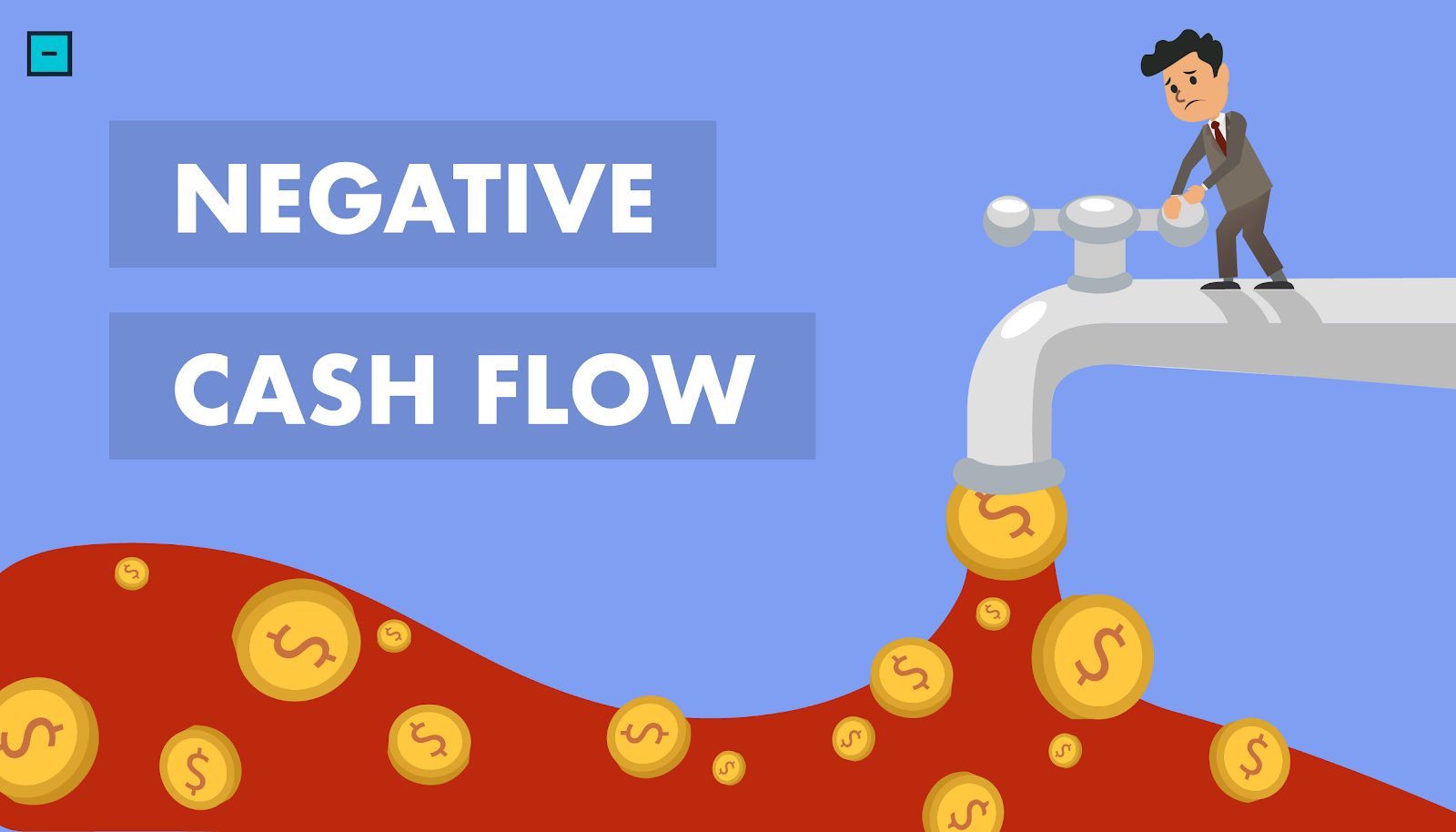
And that’s why churn can be so devastating for any company. Losing customers before you’ve had a chance to break even on them will obliterate your runway.
This problem is exacerbated in SaaS because of such small monthly increments. But every company deals with it. Cash-flow problems plague every failed company.
The same example holds true when a billable business hires.
New employees go through one to two months of onboarding. You might also need to take them through training like CMO conferences to get their skills up to the required standard. However, they start actually working on client accounts in month three. Kinda, sorta.
Utilization isn’t anywhere close to 100%. So without any proper Onboarding Plan they’re costing the business money for months before ever actually providing any profitability.
It’s only when they’ve spent more time with the company do they start becoming a valuable asset.
Same goes for salespeople.
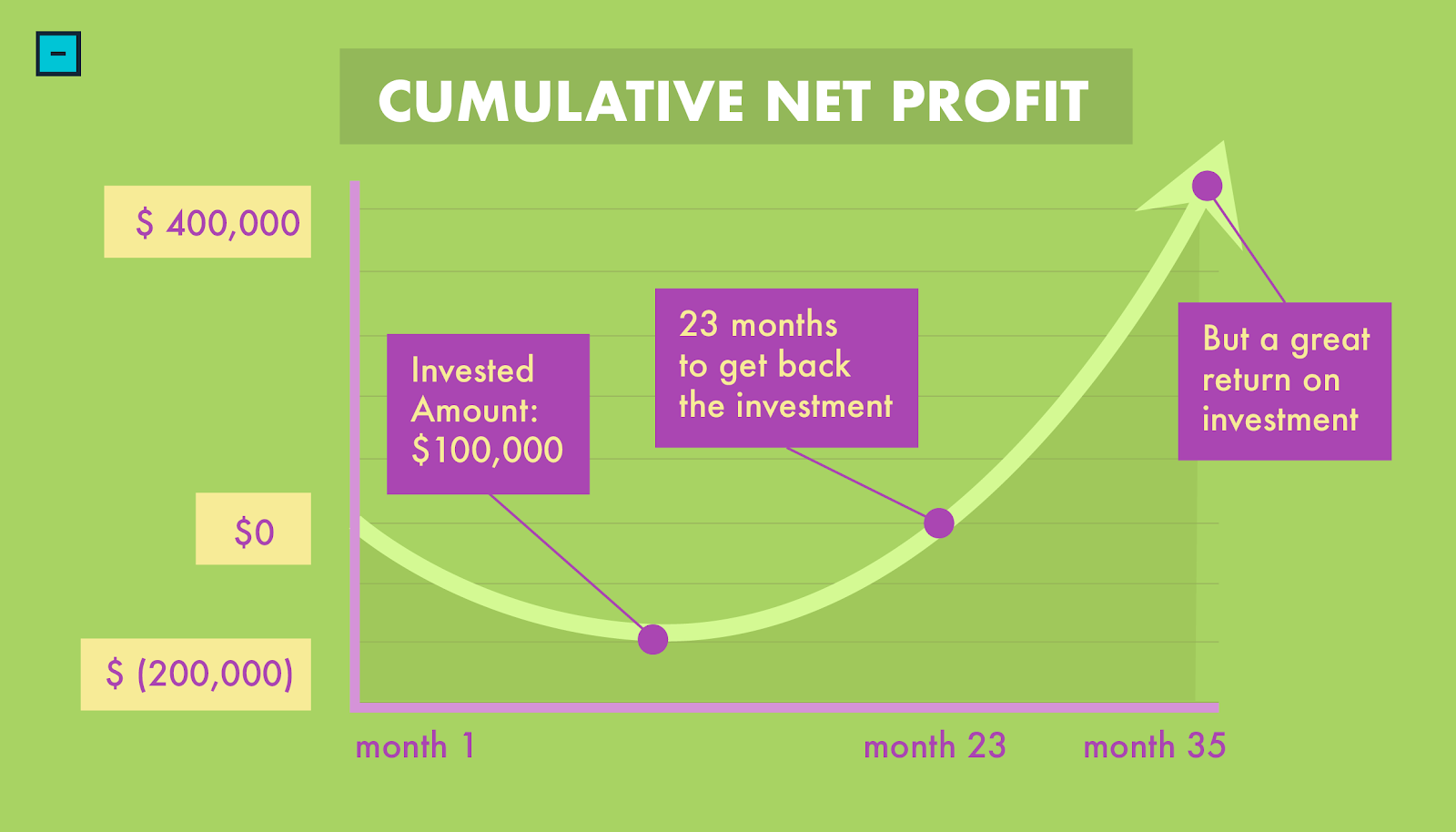
That means you need wallet-friendly alternatives.
For lead generation, it means you need to look at bringing down the initial cost to acquire each customer. Especially if your business doesn’t have the luxury of six-figure margins per deal.
Instead, you need to look into promotional strategies and marketing tactics that scale more effectively. That allows you to acquire more leads for far less per lead.
Competitive PPC markets might be out for that very reason. And most offline ad channels are out because, while they do allow you to reach far more people, they also require a much bigger up-front investment (like $300,000 vs. $3,000).
If your B2B business has negative cash flow, you can’t afford to invest that much into your marketing campaign.
Business-to-business marketing ideas are 100% dependent on your business model, company size, employee makeup, stage of growth, resources, and strengths vs. weaknesses.
Getting traffic is easy — ramp up your B2B content marketing efforts, host a B2B event, go to a trade show, work with an influencer, etc. But getting traffic that turns into high-ticket sales is not.
Here’s how to keep it all straight.
How to prioritize B2B marketing ideas so you can’t lose
Most B2B brands know how to grow their website traffic 10% year over year — they invest more in their marketing efforts and increase spending on other channels like social media.
But how do you grow it exponentially?
You know where the leads are coming from currently (more or less). It might be easy to bump those numbers a percent or two.
However, will those same things bump you 50%, 100%, 200% year over year?
The first step is to play to your strengths. That’s what the last section was about.
Align marketing ideas with your business model.
Then, determine your highest priority right now to help sift the winning B2B marketing tactics from the bad ones.
➀ Priority: Time
SEO is undoubtedly an effective digital marketing strategy.
Your target audience is searching for keywords that are relevant to your products or services. Ranking in the search results means more traffic to your B2B company.
But ranking for your keywords can take months or even years depending on how competitive they are.
Your business simply can’t afford to wait that long. You need to drive sales and you need them now.
If you’re short on time and need relatively quick results (i.e. you need to see things happening now, you need traffic and leads coming in now), the only logical solution is paid traffic.
There are various forms of paid traffic, though.
The most obvious include lead generation campaigns. People indicate interest in your company’s products or services by typing it into Google or viewing related pages.
Advertising on Google Ads lets you reach those people with targeted ads. You have full control of your B2B marketing budget, so you can increase or decrease your spending as needed.
Facebook Ads is another form of paid traffic that enables you to reach your target audience and generate quality leads. If you are willing to generate more leads, you can launch a Facebook lead ads campaign that focuses on capturing lead information directly within the Facebook platform.
However, you can (and should) also pay for content distribution to increase Reach. And combine it with sequential retargeting campaigns to increase Frequency. Advertising 101 principles with an Orange-County-Housewife-esque facelift.
Either way, you’re ultimately still hamstrung by how the customer’s Lifetime Value (LTV) compares to the cost to acquire each (CAC).
Exhibit A:
Many B2C companies and B2B brands address the second one well. They tweak ad creatives, find new keywords to target, or run split-tests on landing pages to incrementally improve results.
But many also neglect the former. They could up-sell or cross-sell. They could introduce recurring revenue through maintenance or retainers.
They could come out with new plan pricing that better aligns product usage with costs. Or they could front-load revenue by providing an incentive to purchase annually instead of month-to-month.
The customer gets an attractive discount with an annual plan and you get more cash flow up front. That’s money you can reinvest into your business. And you don’t have to wait months before the acquisition cost is paid back.
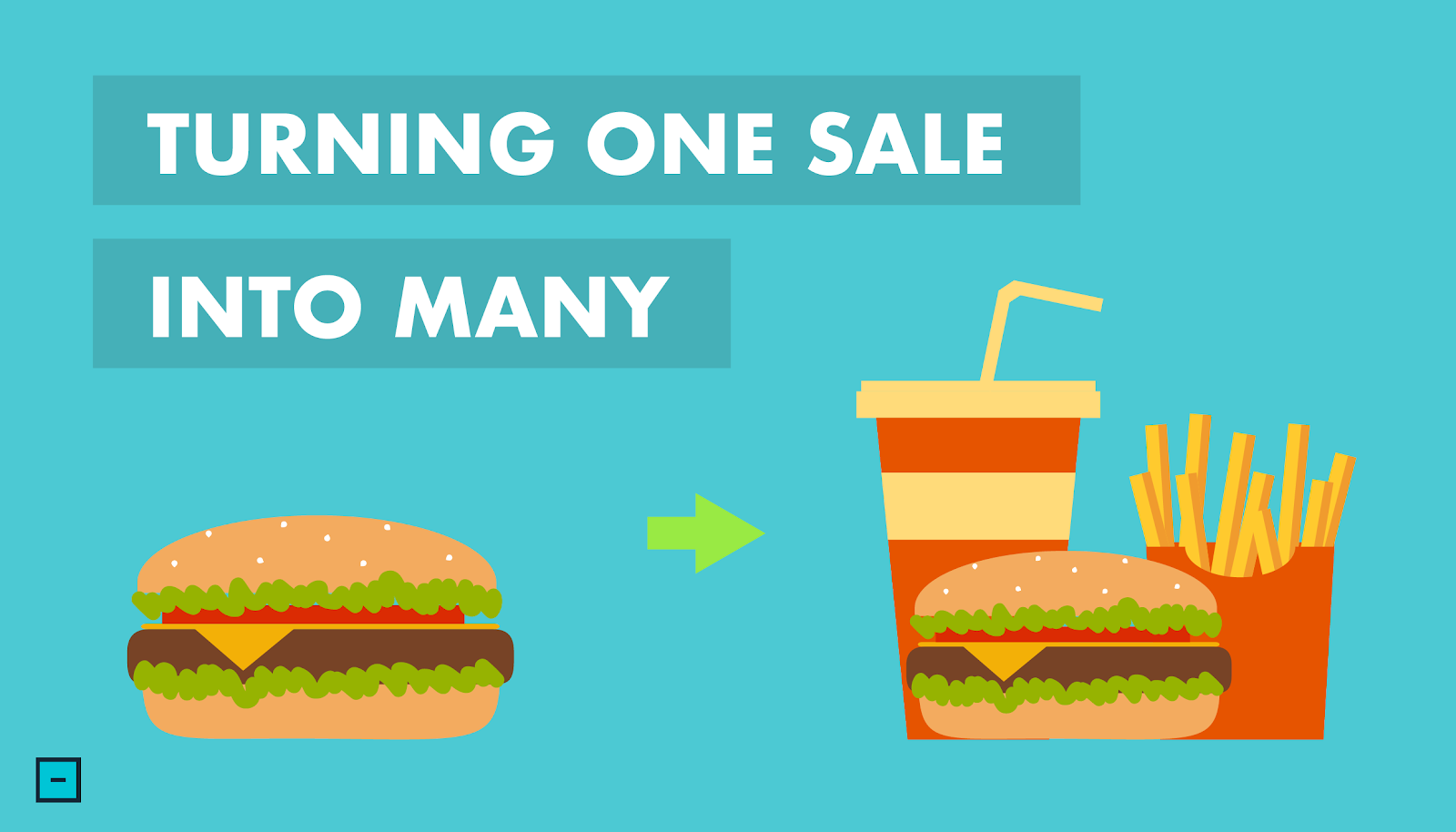
All are good ideas. All should be explored. Because the quicker you increase margin per deal, the faster you can afford to aggressively spend more on filling your marketing and sales funnel.
Not every marketing idea you implement will work. That’s why it’s important to test and analyze the numbers before you implement any permanent changes.
➁ Priority: Scale
But what if you can’t make the numbers work?
After all, most marketers get pigeon-holed into advertising. You may not have influence over the product, pricing, or distribution (another oldie but goodie).
Margins are what they are. And you need to acquire customers at scale for less (on a per-lead basis).
Your options are narrowed to the inbound marketing variety. The Holy Trinity of content marketing + SEO + social media.
Yes, it’s still going to cost money. Yes, a lot of it. But this time, you’re funding labor and hours and effort.
You’re living inside Moz, Screaming Frog, SEMrush, and Google Search Console.
If you could not decide which tool is best for your SEO needs, you can do a comparison among Moz, Google Search Console, Screaming Frog, Semrush & Similarweb.
Competitive analysis can help. Seeing where Competitor A has links, or Competitor B’s company is listed, can give you a quick punch list to hit.
If a site is already linking out to a competitor, there’s a good chance they’ll link to yours. Conduct an outreach campaign or submit a quality blog post with a link to your site.
Building links isn’t easy, but it’ll improve your search engine rankings. Otherwise, results often come from the least likely of places:
Start by improving what you’ve got.
Find and fix 404 errors. Remove or reduce duplicate content. Optimize page speed to boost usability.
Invest in user experience. Relaunch old blog posts that have seen better days but still perform well in search. Disavow links from spammy sites.

Click here to get the 14-point checklist. No opt-in required.
This low-hanging fruit is unsexy. But it’ll give you a solid foundation to launch new marketing campaigns on top of it.
And results tend to be both faster and cheaper (than new campaigns). Optimizing older content can give them a boost in the search results, which in turn can generate more traffic.
A rising tide lifts all boats.
The more authoritative the brand, the better everything else will perform.
Exhibit B:
We wrote an article for Shopify Plus.
And it topped the SERP for a competitive phrase less than 24 hours after publishing.
Now, of course, the post was excellent. After all, we did it. 🙂
However, it wasn’t necessarily the content quality that got it ranked so quickly. It was Shopify. Their brand and their site authority.
If we had published that exact same blog post on a new site, it definitely wouldn’t have ranked on the first page.
Why? Because a new site doesn’t have authority or trust with Google. Not yet at least.
Building your site authority needs to be a priority. Because then you’ll be able to rank your content for some of the most competitive terms in your industry.
Produce high-quality content for your blog. Get links from relevant sites. Rinse and repeat.
Brand is the trump card. (Little, not big “t.”)
It’s the difference between holding pocket Aces or pocket deuces. Build it, first, to springboard ahead of the competition, later.
➂ Priority: Leverage
Short on time and money? Join the club.
Getting the biggest bang for your marketing buck translates into leveraging your activities the most.
SERPs are winner-take-all markets. Same goes for marketplaces, Capterra, directories, and every other third-party site where a potential client might find you.
You can compete on quantity. If you can actually compete on quantity. If you can actually out-spend everyone else.
Most can’t.
That leaves quality.
Fortunately, leverage helps you do more with less. Get more with less. And reduce your customer acquisition costs.
Exhibit C:
Content repurposing — it’s like content marketing, but on steroids. It involves taking a piece of content and turning it into different formats to reach a new audience.
A $1,000 article sounds a lot more expensive than a $500 one. Especially when you’re short on funds.
But is it a better investment?
That IS what we’re talking about here. ‘Marketing’ and ‘Advertising’ and ‘PR’ might show up under Expenses on a P&L. But don’t fall for this accounting sleight of hand. Each one is an investment in future sales.
Today’s marketplace is winner take all. Outsized returns go to those at the top.
Not only should a $1,000 article be best in class. Do it right, and you can also repurpose its contents into audio, video, presentations, social media updates, ad creatives, and even lead magnets for your landing pages.
So 1 + 1 doesn’t equal 2, here. It equals 10.
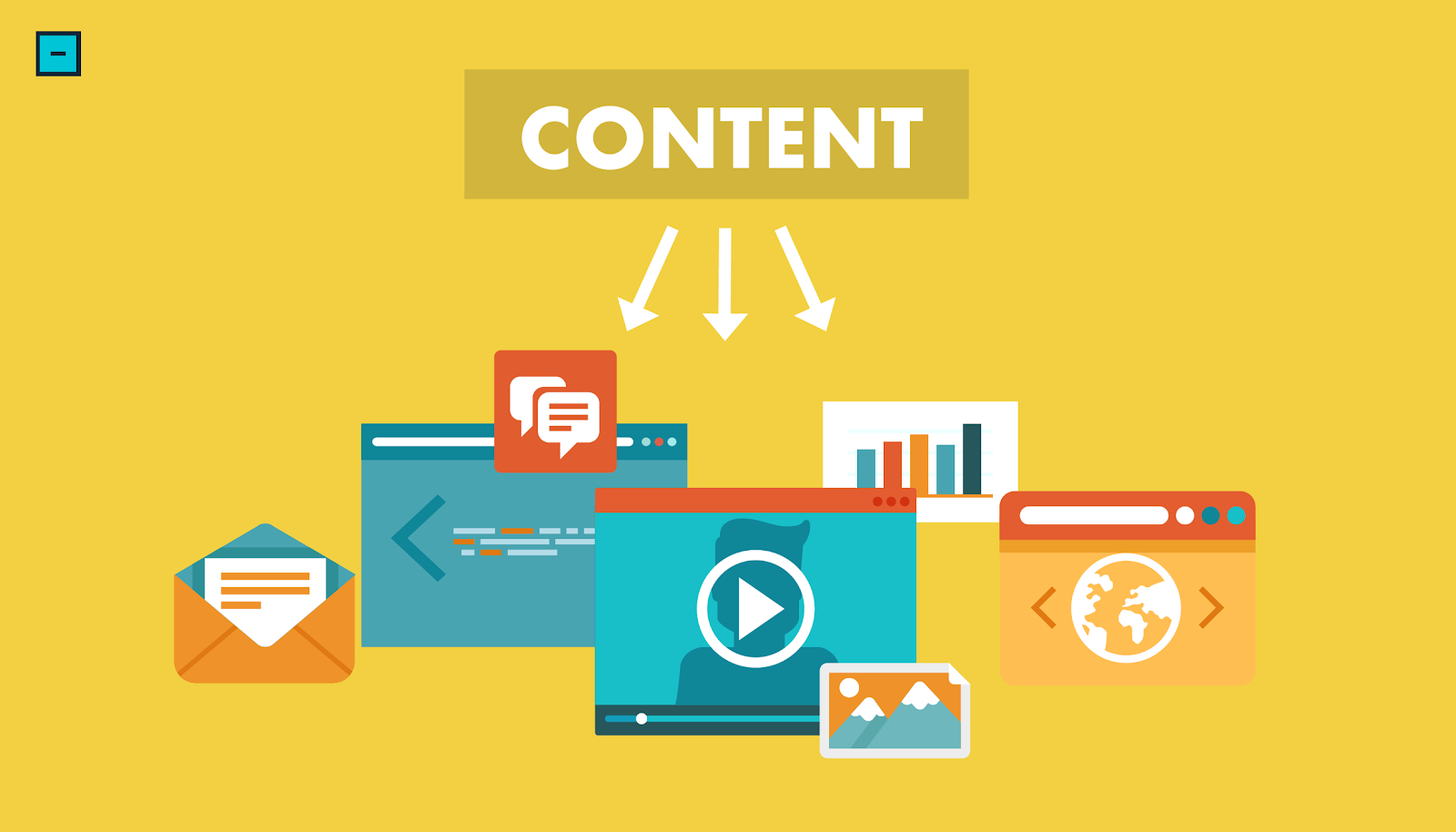
Conclusion
Marketing tactics are important. To a point.
What’s more important is how those tactics align with your business.
Misalignment is common. Which is why bad marketing ideas are common, too (just look at New Coke as an example).
Cash in the bank can’t (properly) fund paid acquisition. Branding pitfalls undermine your ability to reach more people for less. And ‘good-enough’ campaigns aren’t good enough to shoot you ahead.
Execution in any one tactic is incredibly difficult. But 80% instead of 95% isn’t what causes failure at the end of the day.
More often, it’s because that tactic was never right for your business, right now, anyway.
Looking to grow your B2B business or SaaS platform with a proven content strategy? Use our instant quote calculator to get started. It’ll take you less than a minute.



